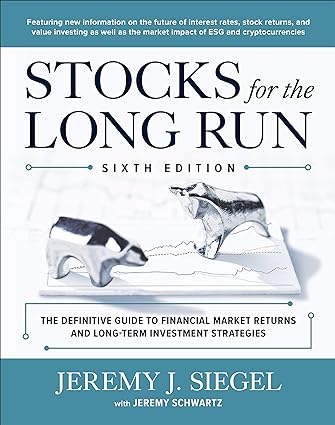Investing advice when Putin’s at war against Ukraine. Plus, Putin and the Israel-Hamas War

Russia launched the war in 2014, during the second Obama term, when it invaded Ukraine’s Crimean Peninsula. At the time, the U.S. and NATO were still unsure about how to react to Russia’s aggression toward its former possessions. Many observers felt Russia was just trying to retrieve some of the stature it lost with the collapse of the Soviet Union in the early 1990s.
When Russia invaded Ukraine in 2022, it expected Ukraine to collapse right away (the way France collapsed under the 1940 German invasion, say). The U.S. and other observers feared/expected the same. They still began sending security aid to Ukraine before the invasion. They also used threats of trade and financial sanctions to try to scare Russia off. These steps failed. However, Ukraine fought back surprisingly well and attracted additional aid from the West.
Putin soon saw that he had guessed wrong. But he assumed the West would quickly lose interest. Instead, the West stepped up its aid. Russia then began a series of veiled threats of military escalation, all the way up to tactical nuclear weapons.
My sense is that after its initial stumble, Russia still hoped/believed that if it kept up the military pressure and escalation/nuclear threats long enough, Ukraine and its supporters would agree to a lengthy ceasefire that would work in Russia’s favour.
It seemed to me and many other people that this was unlikely. In April of that year, I wrote that “Russia could launch a nuclear war, but it would find itself fighting against most of the advanced countries of the world. Putin is vain and may be deranged, but he isn’t stupid.”
Later I voiced the off-the-cuff view that any nuclear attack on Ukraine would spark a much more lethal response from NATO forces, which vastly outnumber Russia’s.
Just recently I came across the actual NATO-versus-Russia figures (below) from veteran Toronto journalist Diane Francis, writing in her Substack.com publication. (Note: her chart refers to a Military Asset as a “Characteristic.”)

Source: dianefrancis.substack.com
The numbers show an even greater numerical advantage for NATO than I imagined. That’s just the start.
The West is also way ahead of Russia in technology, sanctions, finances, morale, global support and pretty much anything else. Russia’s main advantage in war is its ruthlessness in throwing untrained soldiers — mostly from prisons or Russian-speaking racial/cultural minorities — onto the front lines, until the other side runs out of ammunition.
Putin can only hope that Biden or a successor loses his grip and abruptly pulls out of Ukraine the way the U.S. pulled out of Afghanistan in August 2021, after two decades of hostilities.
As the sarcastic one-liner goes, that’s not likely.
Nobody can predict these things, of course. My sense is that we are seeing the last gasps of Europe’s last empire. I’d guess the outcome won’t be pretty or quick, but it may turn out to be a historical milestone. A worldwide swing back toward democracy and away from authoritarianism just might follow.
Putin and the Israel-Hamas War
My guess is that the Israel-Hamas war is just getting started and will last a long time. I also suspect that Putin had something to do with getting it started, and will do what he can to keep it going. After all, when it comes to running his country, Putin takes a grasping-at-straws approach.
Putin may think that bringing the longstanding Mideast conflict back into the headlines is going to improve his chances of conquering Ukraine and bringing the Soviet Union back from the dead.
He thinks taking a long shot is better than no shot at all. Who knows? He might get lucky.
Early on in his war on Ukraine, Putin seemed to think that Chinese dictator Xi Jinping was going to take pity on him and his country, and offer free money and/or weapons to shore up Russia’s Ukraine invasion. Instead, Xi insists on staying out of the war, while paying discount prices for Russian oil. He takes special care not to let his country get caught up in the economic sanctions that the U.S. and NATO countries and allies are directing against the Russians.
It’s not that Putin is stupid. If a war between Israel and Hamas turns out to be a big drain on the U.S. budget, the U.S. might have less money available to arm Ukraine.
Up until lately, however, Israel has had little to say about Russia’s treatment of Ukraine. Israel may soon take a more active role in helping Ukraine defend itself.
Any war is a terrible thing, and this one is no different. Meanwhile, the stock market seems to be creeping upward. Maybe it knows something that Putin hasn’t figured out. If you’re looking for investing advice related to the wars around us, spend more time learning about the wars themselves.
Meantime, if your stock portfolio made sense to you a week or two ago, we advise against selling due to Mideast fears
No matter what the state of the world, here are three rules you can follow for maximum portfolio success:
Rule #1: Invest mainly in well-established, profitable, dividend-paying stocks.
Our first rule will help you stay out of high-risk, low-quality investments. These investments are always available, in good and bad markets. They come with hidden risks due to conflicts of interest and other negatives. Every year, they lead many inexperienced investors to substantial losses. Continue Reading…





